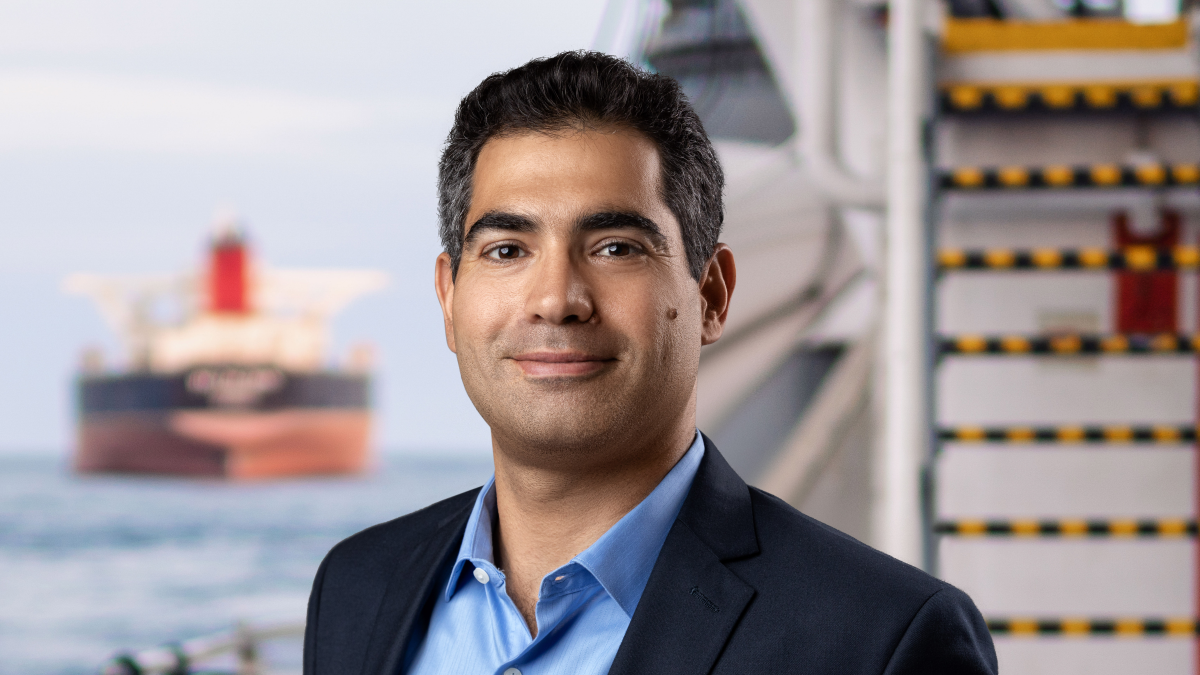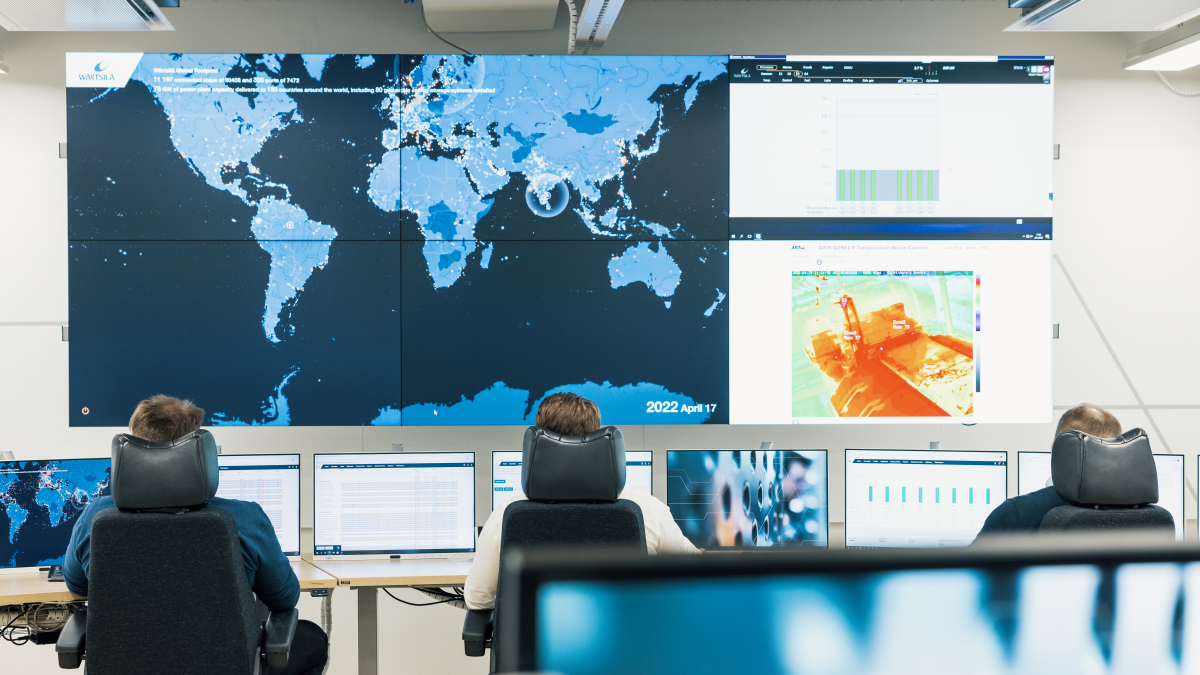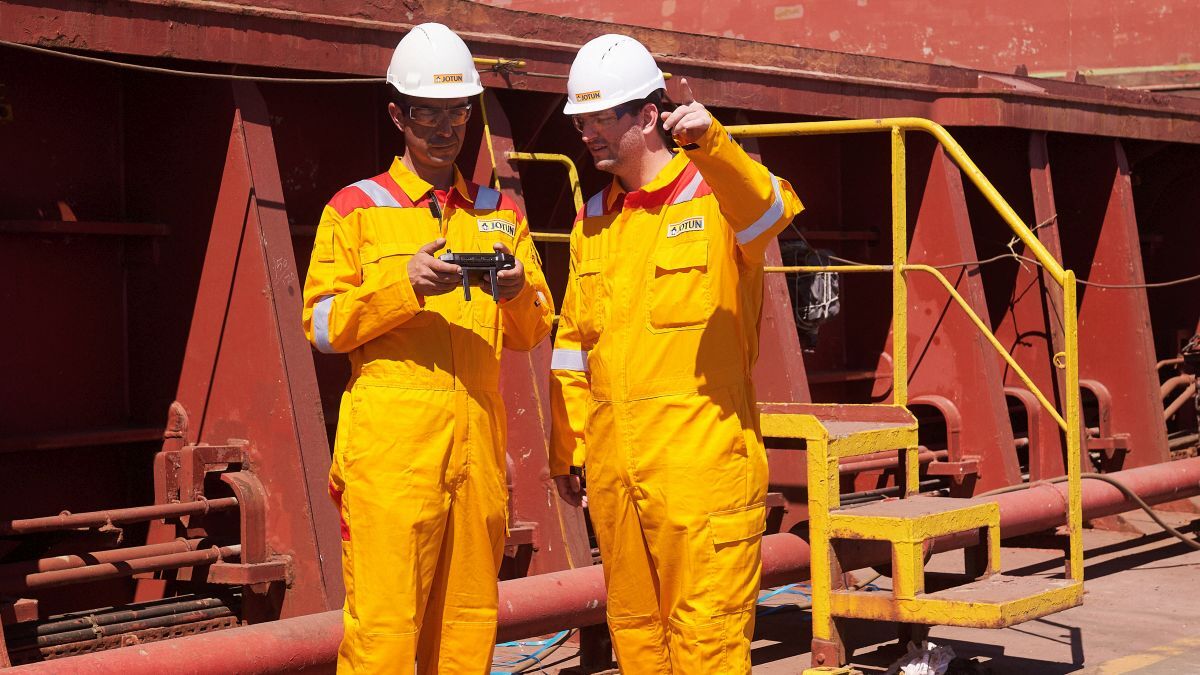Business Sectors
Events
Contents
Register to read more articles.
Regulations drive AI-powered CCTV implementation
AI-driven ship CCTV technology supports regulatory compliance and turns data into insights for improving ship safety and security
More shipowners are being driven to install closed-circuit TV systems on vessels under mandatory requirements from various state administrations.
One of the latest of these mandatory notices came from India’s Directorate General of Shipping (DGS), in October 2024, requiring the installation of CCTV systems on Indian-flagged vessels.
The decision continues the momentum of similar progressive regulatory changes focused on CCTV monitoring in shipping.
In the US, the Sexual Assault and Sexual Harassment (SASH) compliance provisions under the Jones Act now require ship operators to have CCTV monitoring in accommodation areas to deter misconduct and ensure safer working environments.
In Australia, from January 2025, Capesize vessels operating in certain Australian ports must install CCTV systems at the steering gear.
While CCTV systems offer significant benefits, they also introduce challenges, according to ShipIn founder and chief executive, Osher Perry.
“Continuous recording on multiple cameras generates vast amounts of data, making it difficult to analyse and act in real time,” he explains. “For ship operators, manually reviewing footage is impractical, especially when timely insights are needed to prevent incidents or improve operations.
“To this end, when considering standalone CCTV in isolation, shipping faces a significant risk of inadvertently drifting down a technological rabbit hole, focusing on reactive rather than proactive technology.”
An answer it seems comes from using artificial intelligence (AI) to analyse these video feeds to process what is required from the data streams.
AI-powered ship CCTV technology enables regulatory compliance and uses data to generate insights that, Mr Perry says, build a safer, smarter and more efficient fleet.
"This not only helps shipowners and operators comply, but also transforms their operations, offering unparalleled added value," he says.
"However, to date, the steps taken by shipping have not matched the scale, intent and technological innovation and advancement evidenced in other industries."
AI-powered ship CCTV technology can provide analytics across disparate operations when data is shared seamlessly between ship and shore. It can be used to mitigate risk, reduce losses, and improve operational performance.
For example, ShipIn’s AI-driven platform, FleetVision, recently showed that there was a 40% reduction in onboard incidents across multiple fleets – representing an average saving in downtime and other costs of US$1.87M annually per fleet of 30 vessels.
“By analysing over 2Bn frames of shipboard activity daily, the system identifies risks that may go unnoticed in traditional operations,” says Mr Perry. “This proactive approach can only be enabled by AI-powered ship CCTV.”
In another example, FleetVision led to zero incidents on several vessels within just 180 days of deployment.
“In an industry traditionally slow to implement new technologies at scale, compliance-driven adoption can be a catalyst for transformation,” says Mr Perry.
“India’s decision should be welcomed not only in India, but across the shipping industry as an opportunity to set a new benchmark for ship safety and crew welfare.”
Riviera’s Cyber & Vessel Security Webinar Week will be held from 12 May 2025 focusing on the latest developments in cyber and vessel security. Use this link for more information and sign up to the webinars.
Related to this Story
Events
Maritime Environmental Protection Webinar Week
Cyber & Vessel Security Webinar Week
The illusion of safety: what we're getting wrong about crews, tech, and fatigue
Responsible Ship Recycling Forum 2025
© 2024 Riviera Maritime Media Ltd.














